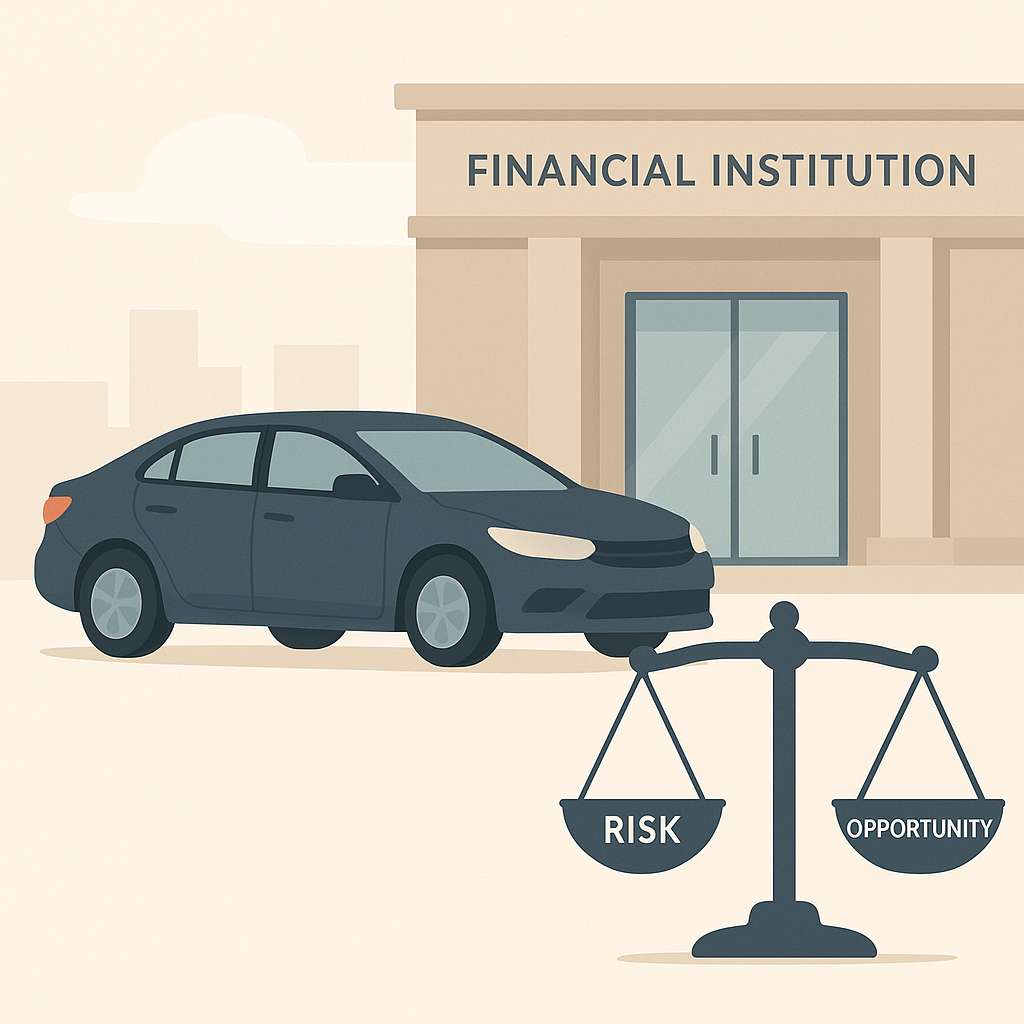Car title loans in the USA: what to know before committing
Car title loans in the USA have become a fast way for people to access cash when facing urgent financial needs. The concept is simple: use your vehicle as collateral to secure a short-term loan. While this option may provide quick relief, it comes with unique conditions and potential drawbacks that every borrower should understand before signing any contract. Exploring how these agreements work, as well as their advantages and downsides, can help individuals make better-informed choices.
Unlike traditional personal loans, this type of financing is tied directly to the borrower’s car ownership. That means if payments are missed, the lender has the right to take possession of the vehicle. Knowing when this tool might be worth considering—and when it should be avoided—is crucial. Resources like the Consumer Financial Protection Bureau offer reliable information about lending practices and can serve as an excellent reference for deeper research.
How car title loans operate

When someone applies for a car title loan, the process usually involves handing over the vehicle’s title as security. The loan amount typically depends on the car’s value, but most lenders only approve a percentage of its estimated worth. Terms are often short, sometimes as little as 30 days, with interest rates much higher than conventional personal loans. According to the Federal Trade Commission, borrowers must carefully review repayment conditions, as costs can accumulate rapidly.
The repayment structure often requires either a lump sum at the end of the term or installment payments with significant interest added. Failure to meet these obligations can result in repossession, a process where the lender legally claims the car. This risk makes it essential for borrowers to evaluate not only their immediate financial need but also their ability to pay back within the agreed timeframe.
Common eligibility and conditions
Eligibility for car title loans in the USA is usually straightforward. Borrowers must own their vehicle outright or have a significant amount of equity in it. Lenders often ask for proof of income, valid identification, and, in some cases, a spare key. Unlike many bank loans, credit history is less of a determining factor. This accessibility is part of the reason why many turn to this option in emergencies. However, ease of access comes at a price. Annual percentage rates (APRs) can climb into triple digits, and fees for late payments or rollovers are frequent. Some states regulate or even prohibit these loans, while others impose interest caps.
Benefits and drawbacks
The main advantage of using a car as collateral is speed. Approval is often quick, and funds can be released the same day. For someone facing an urgent bill or emergency expense, this can be a lifeline. Additionally, since lenders rely on the car’s value, borrowers with poor or no credit can still qualify, making this a more inclusive option than traditional financing.
On the downside, the risk of losing a vehicle is a significant concern. Since a car is often essential for daily life—work, family, and responsibilities—the consequences of repossession can be severe. Moreover, high interest and additional fees mean borrowers may end up paying back far more than they borrowed, creating a cycle of debt that is hard to escape.
Safer alternatives to consider
Before turning to car title loans in the USA, it may be worth exploring alternatives. Some credit unions offer small-dollar loans at lower interest rates and with more flexible repayment schedules. Nonprofit organizations also provide emergency assistance programs for those in financial distress. Even negotiating payment plans with creditors may present a more sustainable path. Another growing option is borrowing against earned wages through paycheck advance services, which, while not risk-free, often carry less financial strain than high-interest vehicle-backed loans.















